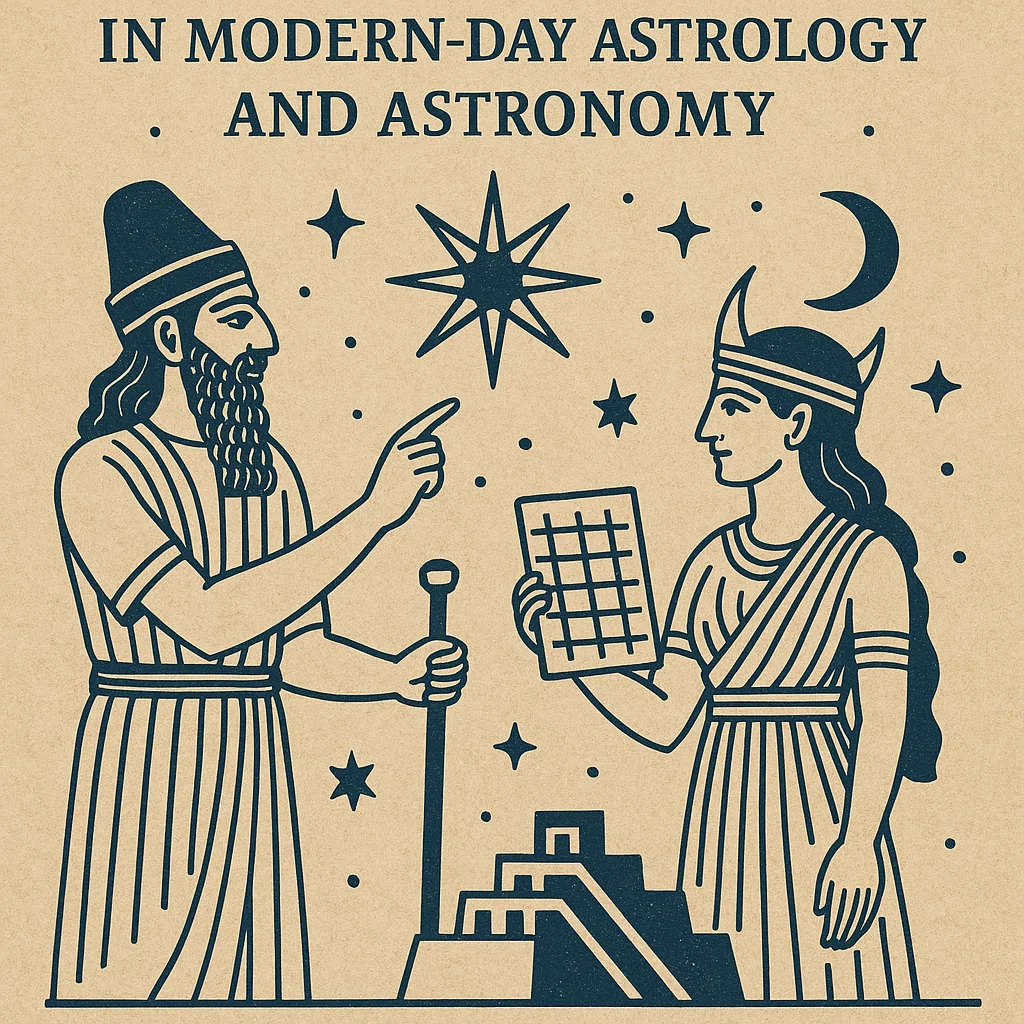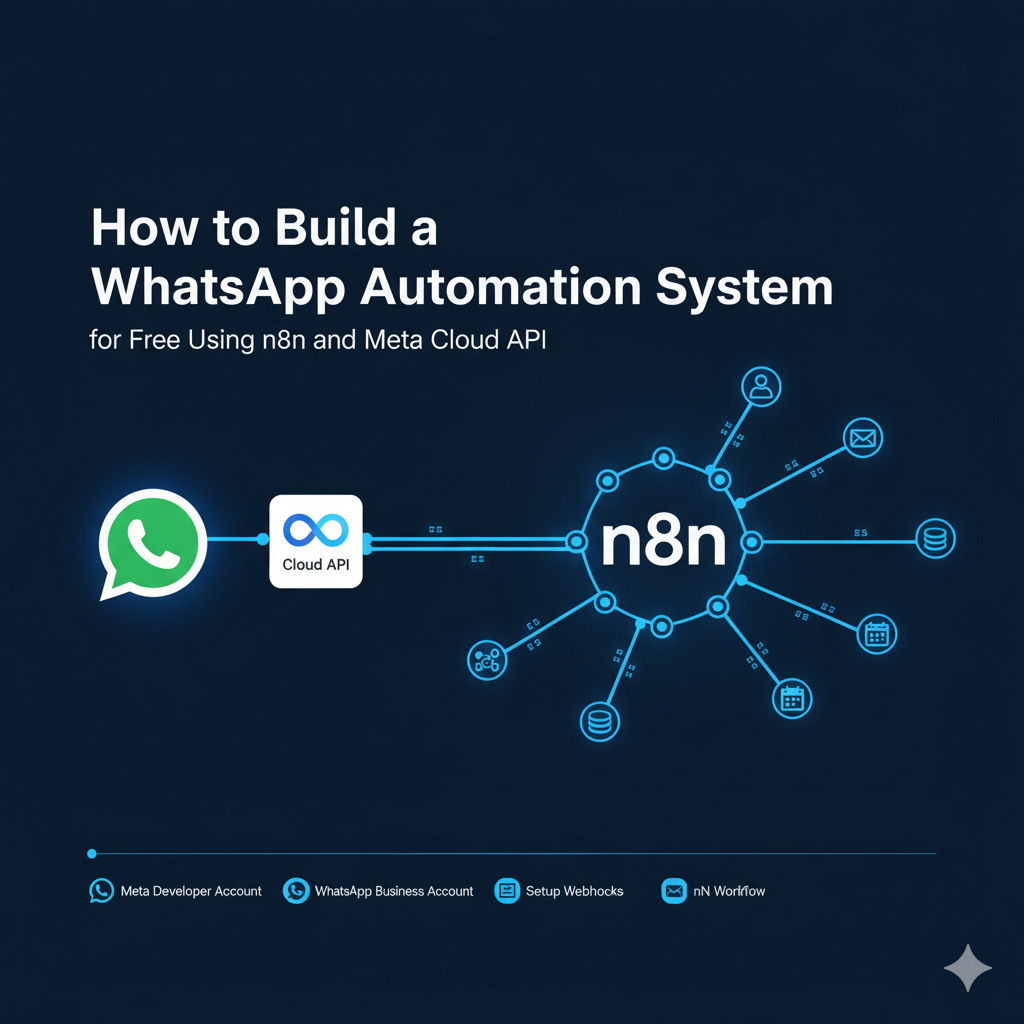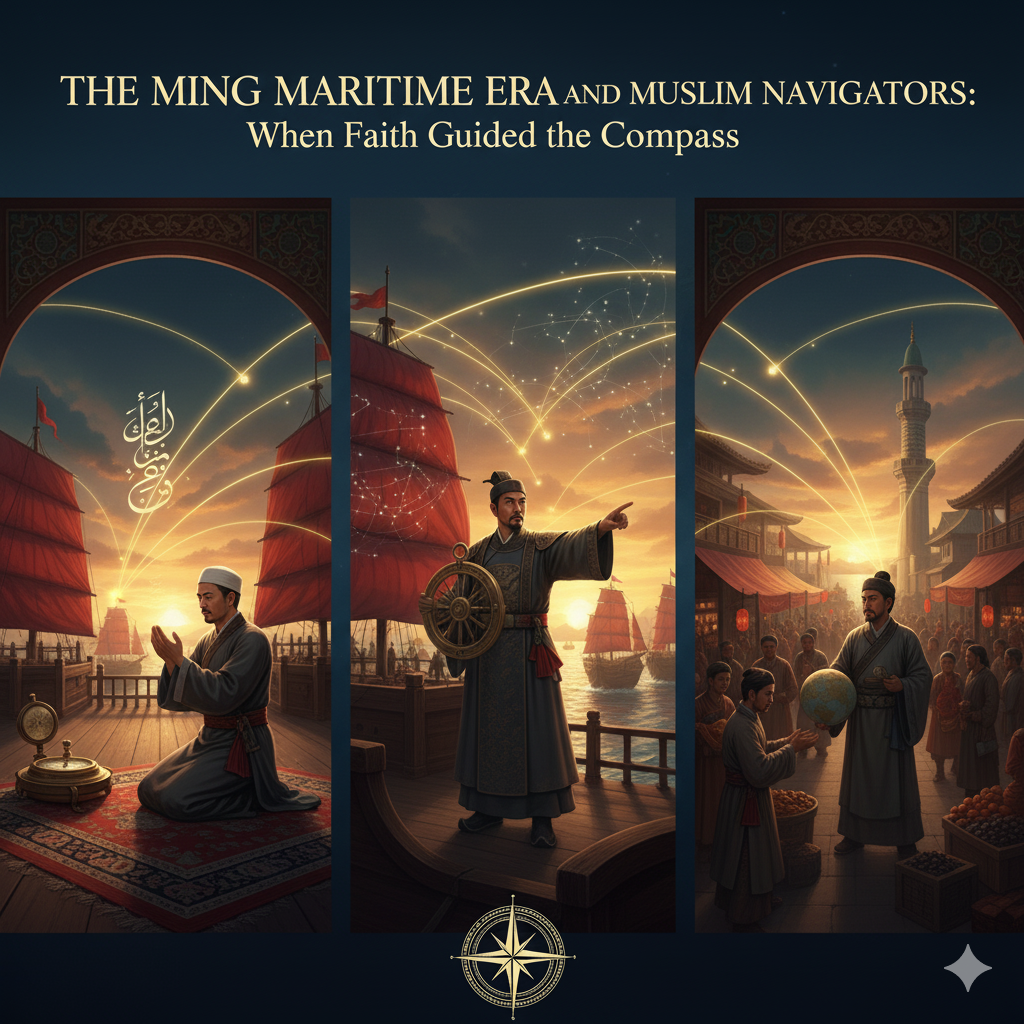The Tata Group has long been regarded as the crown jewel of Indian industry — a corporate empire built on ethics, innovation, and national pride. Founded in the 19th century by Jamsetji Tata, the group symbolized India’s industrial awakening, spanning steel, automobiles, IT, aviation, and hospitality. Its influence reached far beyond boardrooms, shaping the country’s identity as an emerging global power.
But behind this towering reputation lies a turbulent reality. In recent years, the Tata Group has been shaken by internal rivalries, boardroom politics, and leadership crises that have undermined its image as a unified and disciplined business house. What was once seen as India’s most stable and respected corporate institution has found itself entangled in bitter disputes over succession, management control, and the clash between legacy and modernity.
The death of its long-time patriarch Ratan Tata marked not just the end of an era but also the beginning of a fierce internal contest for power — a struggle that exposed deep fissures within the Tata empire. The conflict between the group’s traditional guardians and its new generation of technocrats reveals how fragile even the most respected family-run conglomerates can become when ego, legacy, and ambition collide.
This is not just a story about one company. It’s a cautionary tale for business dynasties across the world — from the Waltons in the United States to the Al Nahyans in the Gulf — showing how unchecked internal politics can destroy decades of trust, growth, and reputation. The fallouts from the Tata Group’s leadership wars hold valuable lessons for how modern corporations must evolve to survive in an era defined by transparency, generational transition, and global competition.
A legacy built on global expansion and ethos
Ratan Tata led the conglomerate for more than two decades (1991–2012) during which he transformed Tata from a largely domestic group into a global player. Under his watch the group acquired Britain’s tea maker Tetley in 2000, steelmaker Corus in 2007, and Jaguar-Land Rover in 2008 — audacious overseas deals that few Indian firms had attempted. He steered the group with the mantra that “an institution must exceed the people who lead it.”
More importantly in the Indian context, Tata built a governance model anchored in the charitable — the group’s holding company, Tata Sons, remains owned in majority (≈66 %) by the charitable trust network of the Tata family, Tata Trusts. This structure ensured that profits, business strategy, and philanthropy were inter-woven — giving the brand moral and social standing that matched its commercial power.
In short, Tata combined scale, brand, ethics and institutional continuity. That made the group deeply respected — and deeply exposed.
The first tremor: the Mistry ouster and boardroom shock
The power struggle that most observers point to as the start of visible turbulence happened in October 2016 when Cyrus P. Mistry — the first chairman of Tata Sons from outside the Tata family — was abruptly removed. He had served as chairman from December 2012 until October 24 2016. The board cited loss of confidence; Mistry’s camp claimed a governance coup.
Mistry alleged his removal followed his attempts to enforce a “corporate governance document” that would reduce interference by the trusts and formalize rights of minority shareholders. On the very day he was to present this document, he was ousted.
The legal consequences followed: Mistry’s challenge in India’s National Company Law Tribunal (NCLT) was dismissed in July 2018, which ruled that the board’s decision was valid and the trust-structure legitimate.
While Tata emerged legally victorious, the episode left an impression: a giant institution that had publicly marketed fairness and transparency had been riven by a bitter public dispute. Analysts noted this undermined the brand’s moral premium.
Lessons from this episode:
- Even deeply trusted business institutions can fracture when minority-shareholder rights, governance clarity and founder legacy collide.
- Power vacuum (with a long-serving leader like Ratan Tata stepping aside) invites ambitious stakeholders to surface latent tensions.
- Legal vindication does not equal reputational recovery — perception matters intensely for conglomerates built on trust.
After Ratan Tata: succession, trust and internal fault-lines
When Ratan Tata stepped down in 2012, he selected Cyrus Mistry as his successor. After the crisis of 2016 he resumed interim leadership before appointing N. Chandrasekaran as chairman in early 2017. Under the surface, however, fault-lines remained.
With Ratan Tata’s passing in October 2024, the institutional risk sharpened. His death removed an anchor — a figure who bridged the trusts, the group’s operating companies and the public narrative.
In 2025, a new conflict surfaced: the charitable arm, Tata Trusts, and minority shareholder group-affiliated trustees (especially from the Shapoorji Pallonji Group which owns ~18.4 % of Tata Sons), began contesting board appointments, strategic direction and exit options. One flashpoint: in September 2025 the trust board voted against reappointing a Noel Tata-ally to the Tata Sons board, triggering claims of an attempted takeover.
In July 2025 the trust initiated discussions allowing the SP Group to exit its minority stake — a major strategic shift for the empire.
What this reveals:
- The holding-trust structure, once a source of stability, is now a site of factional conflict.
- Minority shareholders who once accepted passive roles are now assertively challenging governance terms.
- Legacy institutions without transparent succession plans invite internal competition for control.
Consequences for Tata Group’s brand, operations and Indian business
The internal warfare is not merely boardroom drama. It has real consequences:
Brand erosion. The Tata name is associated globally with integrity and “Indian industrial soul.” But the image sustained damage. Analysts pointed out that questionable communication during KMP global trouble, employee suicides, and boardroom battles lowered trust levels.
Operational distractions. While Tata still commands major businesses (Tata Steel, Tata Motors, TCS, JLR), distractions in governance divert management attention. In 2025 the group faced cyber-attacks, operational failures and the collapse of a high-profile Air-India crash — prompting extraordinary ministerial intervention.
Structural stress on conglomerate model. Tata’s model — trust-majority ownership + operating autonomy — is under pressure from regulatory, capital-market and shareholder activism demands. For example, Reserve Bank of India (RBI) pushed Tata Sons toward listing transparency.
Litigation and minority-exit risk. The long legal fight with SP Group and current negotiations signal minority shareholders may eventually withdraw—leading to structural unraveling of the classic Tata group.
For Indian business families, these developments highlight systemic vulnerabilities: founder charisma is finite, trusts are not impervious to factionalism, minority shareholders may assert themselves more strongly, and brand equity alone cannot survive governance breakdown.
Why this struggle matters beyond Tata
Why does the saga of Tata matter for India’s business economy and for family-run conglomerates across the globe?
1. The myth of perpetual founder continuity. Many business families rely on the idea that a founder or long-serving leader can hold everything in place. Tata shows that once such a figure leaves, institutional instability can follow unless deliberately managed.
2. Trust-structure complexity. Tata’s ownership model is rare globally (trust-owned, public-brand, family-rooted). When internal alignment breaks, the same very structure becomes a source of conflict. Other business families with holding‐trust models must heed the governance discipline required.
3. Minority-shareholder awakening. The merger of family stakes and minority holdings (such as the SP Group case) demonstrates that when governance terms are unclear, minority shareholders will challenge. This is increasingly global in capital markets, especially in emerging economies.
4. Brand ≠ governance resilience. The Tata example reminds business empires: a strong brand gives you no immunity from governance breakdown. Trust, perception, transparency and responsiveness matter as much as size and legacy.
5. Succession must be transparent. In many family businesses, the moment of founder succession is the most risky. Tata’s less smooth transition illustrates that unclear succession invites conflict, power vacuums, and reputational damage.
Current status and forward path
As of late 2025, Tata Group is still stable operationally but structurally under pressure. Senior Tata Trust ministers and board chairs are meeting with government ministers — India’s Home and Finance Ministers held extraordinary talks with Tata leaders amid the crisis.
The group has committed to maintaining continuity (Chandrasekaran’s new term) and easing minority exits. The discussions with SP Group to allow an exit may provide relief. Yet the governance question remains: how will future leadership be chosen? How will the board-trust-operating companies alignment evolve? Will minority shareholders accept the status quo? Will the brand recover its moral premium?
Lessons for business families and conglomerates
- The Tata Group’s internal crisis offers a mirror for every business dynasty and corporate empire that has grown from the vision of a single founder. What happened inside India’s most respected conglomerate is not an isolated story — it reflects a universal pattern of how legacy, ego, and lack of governance modernization can dismantle even the strongest institutions. The lessons from Tata’s turmoil stretch far beyond India’s borders. They apply to family businesses in the Middle East, corporate dynasties in Asia, and legacy firms in Europe and America.
- 1. Legacy Without Governance is Fragile
- One of the Tata Group’s greatest strengths was its deep-rooted legacy — but that same legacy became a weakness when it was not accompanied by modern governance structures. When decision-making relies too heavily on personalities rather than systems, succession turns into conflict.
- For decades, Tata’s authority flowed from respect for the family name. However, once Ratan Tata stepped down, questions over legitimacy, transparency, and board accountability surfaced. Family-run corporations must learn that legacy should inspire governance, not replace it.
- Today’s conglomerates need institutional mechanisms that can ensure smooth leadership transitions — independent boards, clear succession plans, and transparent accountability processes. Without them, emotional loyalties quickly turn into boardroom warfare.
- 2. Modern Leadership Requires Emotional Intelligence, Not Just Vision
- In family empires, emotional attachments often cloud business judgment. Ratan Tata’s chosen successor, Cyrus Mistry, represented a modern, data-driven, and corporate-oriented leadership style that clashed with the old-guard philosophy. When communication broke down, emotion replaced dialogue — and conflict became inevitable.
- The modern corporate world demands leaders who combine vision with emotional intelligence. They must understand how to respect tradition while building a culture of transparency and innovation. A failure to emotionally integrate the old and the new often leads to chaos — as seen not just in Tata’s case, but in Samsung’s leadership feud in South Korea and the Ambani family divisions in India.
- 3. Succession Planning is Not Optional
- Many business families delay succession planning out of sentiment or fear of internal disputes. But postponing clarity breeds confusion. Tata’s internal conflict was aggravated by a lack of clearly defined authority and succession protocols. The board’s abrupt decision to remove Cyrus Mistry — and the subsequent legal and reputational battle — revealed that succession ambiguity is one of the deadliest threats to legacy businesses.
- Family businesses should treat succession as a structured, long-term process, not an emotional event. The transition must involve mentorship, clear timelines, and consensus between family stakeholders and professional executives. Transparency in succession ensures continuity, stability, and investor confidence.
- 4. Personality-Centric Empires Cannot Survive Modern Scrutiny
- The Tata Group had been revered as an ethical giant — an institution “too moral to fail.” Yet, once internal divisions became public, that image eroded rapidly. In the age of digital media, even the most discreet internal rift becomes a global headline overnight.
- Modern conglomerates must learn to shift from personality-driven cultures to system-driven operations. When success depends too heavily on one name or one leader, the collapse of that individual’s credibility can shake the entire empire. Sustainable success now depends on institutional trust, not individual charisma.
- 5. Transparency and Communication are the New Capital
- The breakdown of trust between Tata’s board and its executives reflected a larger failure of communication. Silence and secrecy — once seen as virtues in traditional business circles — now invite speculation and mistrust. In the digital era, where stakeholders demand transparency, clarity is a form of capital.
- Open communication with employees, shareholders, and the public protects a company’s credibility in times of crisis. In contrast, opaque decision-making fuels conspiracy theories and weakens investor confidence. A single leaked boardroom decision can now affect billions in market value.
- 6. Family Unity is Strategic, Not Sentimental
- In dynastic businesses, unity is often assumed rather than earned. Yet history shows that family loyalty alone cannot protect a company from implosion. The Tata saga is a warning that family solidarity must be institutionalized through legal, ethical, and operational frameworks.
- Whether it’s through family charters, shared governance councils, or conflict-resolution mechanisms, the family must operate as a professional entity, not a collection of emotional alliances. The moment personal relationships outweigh professional responsibility, governance collapses.
- 7. Reputation Takes Decades to Build — and Minutes to Lose
- For more than a century, the Tata name stood as a synonym for integrity and national service. But internal disputes, legal battles, and leaks tarnished that brand almost overnight. The fall of a trusted reputation demonstrates how fragile corporate image has become in the information age.
- Every conglomerate must understand that reputation is its most valuable asset — more than revenue or market share. Protecting it requires consistent ethical conduct, clarity in leadership, and immediate response to internal crises. Silence, arrogance, or denial can destroy in weeks what took generations to build.
- 8. The World is Watching — Local Politics Have Global Consequences
- When Tata’s internal feud went public, it wasn’t just Indian markets that reacted. International investors, analysts, and partners around the world began questioning the group’s stability. In the globalized economy, no company is purely domestic anymore.
- Business families must realize that internal politics now carry international implications. A leadership dispute in Mumbai or Dubai can ripple through stock exchanges in London or New York. This global interconnectivity demands discipline, foresight, and consistent governance practices aligned with global expectations.
- 9. The Danger of Legacy Ego
- Perhaps the most dangerous lesson of all lies in the psychology of legacy. Founders and patriarchs often believe their legacy is immortal — that their family name or values alone will safeguard the company forever. But as the Tata case shows, ego tied to legacy can be a slow poison.
- When older generations fail to empower the next, or when successors feel suffocated by inherited control, innovation dies. True legacy is not control — it’s the capacity to let go. The greatest patriarchs are those who design a system that can outlive them, not one that collapses in their shadow.
- 10. Reinvention is the Only Real Continuity
- The world’s most successful family empires — like Toyota, Samsung, and LVMH — survive because they continuously reinvent themselves. They adapt their leadership models, embrace professional management, and evolve their brand identities with changing times.
- The Tata conflict underscores that tradition without transformation is decay. For business families everywhere, reinvention is not betrayal — it is preservation. It’s how legacy remains alive, relevant, and respected in a world that changes faster than ever before.
Conclusion
The Tata Group’s struggle is not yet a collapse—but it is a warning. A business empire built over 150 years with global reach, heroic acquisitions and a brand rooted in trust now finds itself wrestling with internal power, minority rights, governance complexity and succession risk. For India’s business families—and for conglomerates worldwide—Tata’s story underscores the truth that legacy alone cannot guarantee stability. In an era of shareholder activism, regulatory scrutiny and global brand vulnerability, the strongest companies will be those that institutionalize clarity, transparency and legitimacy long before crisis emerges.
If Tata recovers its governance clarity and reaffirms its brand integrity, the story will end well. But if the turbulence deepens, the shockwaves will ripple far beyond Bombay House. And for business families everywhere, the real lesson is simple yet profound: when power is unclear, power struggles follow—and with them, reputational and institutional cost.











